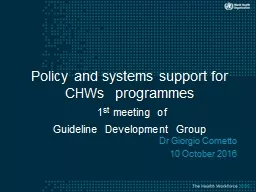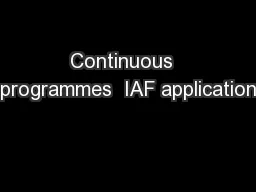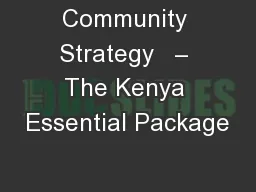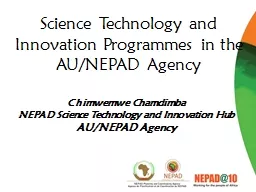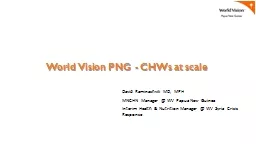PPT-Policy and systems support for CHWs programmes
Author : jane-oiler | Published Date : 2018-03-12
1 st meeting of Guideline Development Group Dr Giorgio Cometto 10 October 2016 Outline Evidence and current discourse Policy issues Rationale for and summary
Presentation Embed Code
Download Presentation
Download Presentation The PPT/PDF document "Policy and systems support for CHWs pro..." is the property of its rightful owner. Permission is granted to download and print the materials on this website for personal, non-commercial use only, and to display it on your personal computer provided you do not modify the materials and that you retain all copyright notices contained in the materials. By downloading content from our website, you accept the terms of this agreement.
Policy and systems support for CHWs programmes: Transcript
Download Rules Of Document
"Policy and systems support for CHWs programmes"The content belongs to its owner. You may download and print it for personal use, without modification, and keep all copyright notices. By downloading, you agree to these terms.
Related Documents

